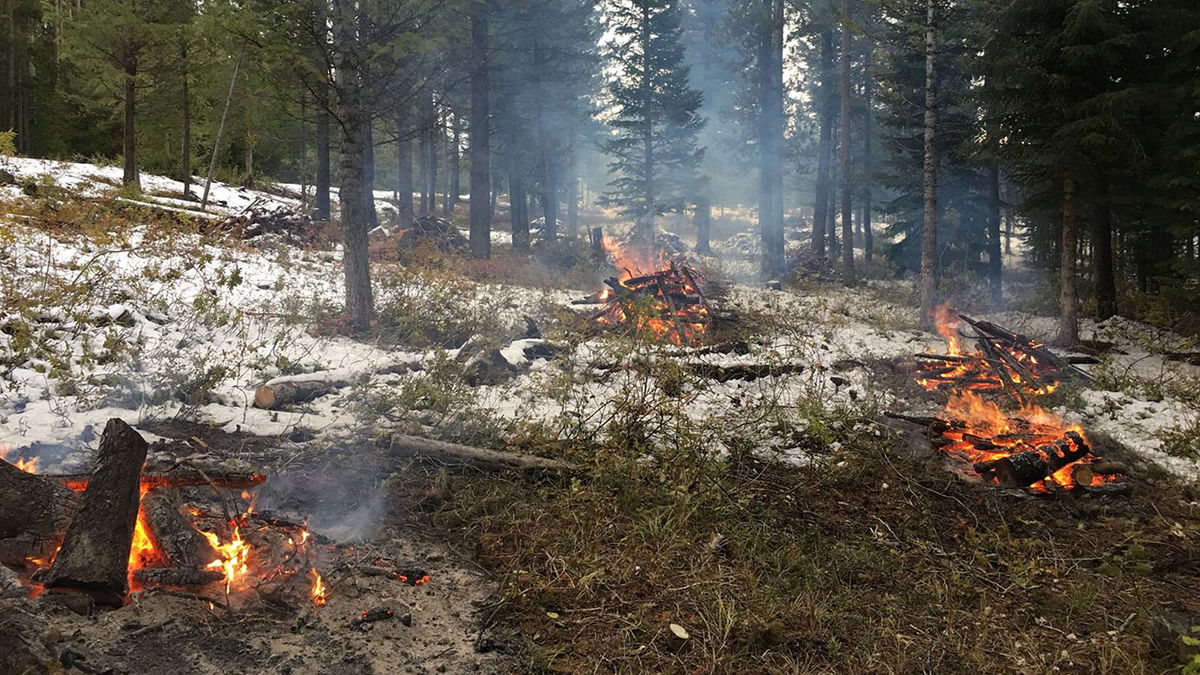Controlled burns to help Aspen trees may make smoke visible in Pocatello area

POCATELLO, Idaho (KIFI) - People in the Pocatello and Inkom areas may see smoke from controlled fires this spring.
The Portneuf Fire Zone based out of Pocatello will begin prescribed burns this spring starting the third week of March.
Crews will burn about 820 acres at both the Nordic Center Area and the Toponce Area in Bancroft.
“By proactively managing forest fuels, we can help mitigate the future risk of prolonged smoke events from unplanned wildfires and create healthier and more resilient landscapes,” said Arik Jorgensen, Assistant Fire Management Officer.
The proposed burns are part of the forest service’s ongoing multi-year projects to improve wildlife habitat and manage forest fuels. These activities are occurring during the spring when ground moistures are high and fire danger is low.
Working within these parameters, fire managers can control the pace at which they ignite prescribed fires, carefully considering current and predicted weather conditions during implementation.
The prescribed burns will continue through the second week of May depending on weather conditions.
Nordic Center Area (20 acres)
Crews will begin burning operations for several days in the Scout Mountain and Nordic Center Area along FS Road 001. Crews previously thinned conifers in the area, leaving behind piles of wood scattered throughout 20 acres. Burning the piles will remove this fuel accumulation and assist in aspen rejuvenation around the Nordic Center. Smoke may be visible from Pocatello and Inkom areas.
Toponce Area (800 acres):
A broadcast burn (when fire is applied to a larger defined area) is scheduled for the East Hills of the Toponce Basin off FS Road 375 west of Chesterfield, ID to aid in wildlife habitat enhancement efforts as well as to promote aspen regeneration. Smoke may be visible from Lava, Inkom, Chesterfield and Bancroft. You can view more information on the Toponce project HERE.
If weather conditions do not allow for ignition, the Forest Service will continue to monitor for an extended clear weather pattern that will meet the combination of fuel moisture, temperature, wind, and smoke dispersal conditions necessary for a successful prescribed burn.





